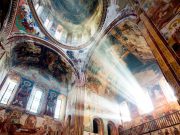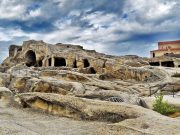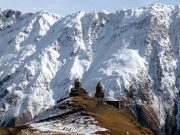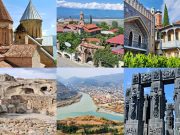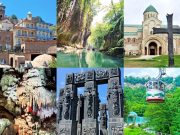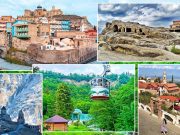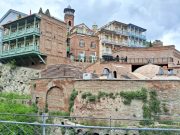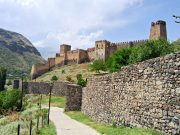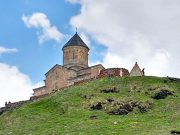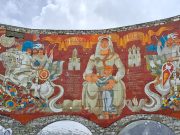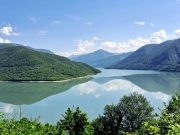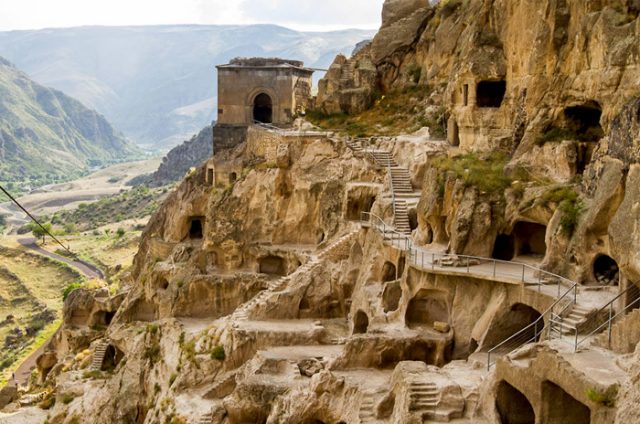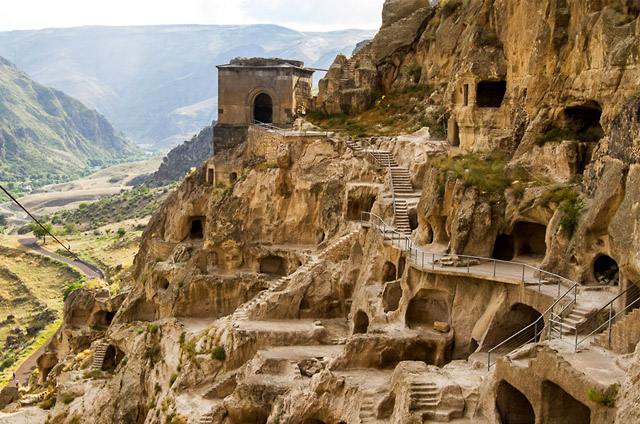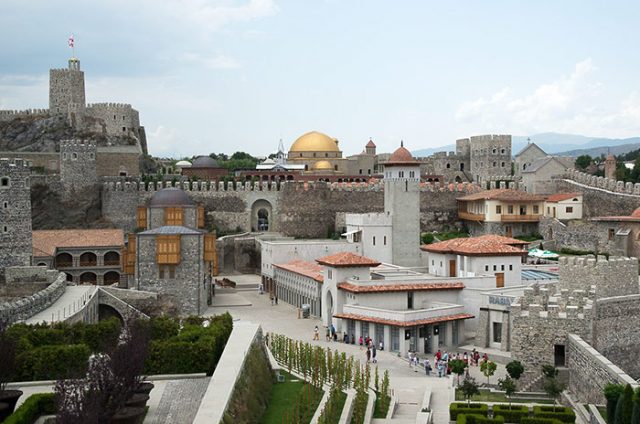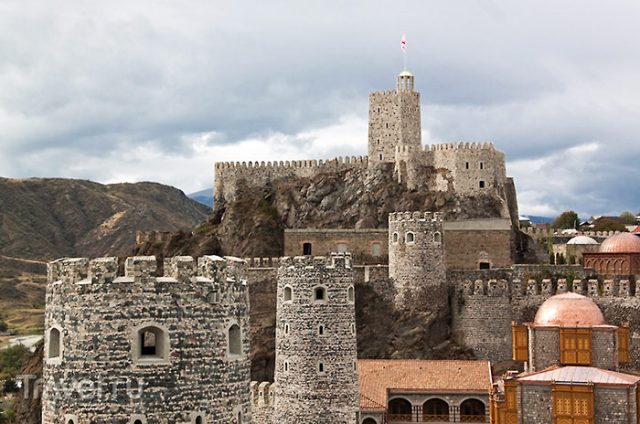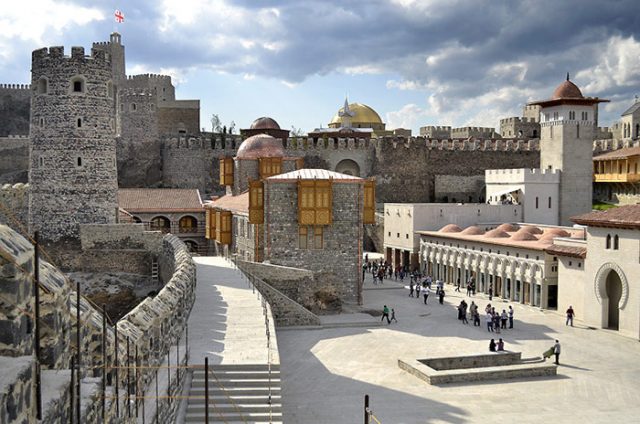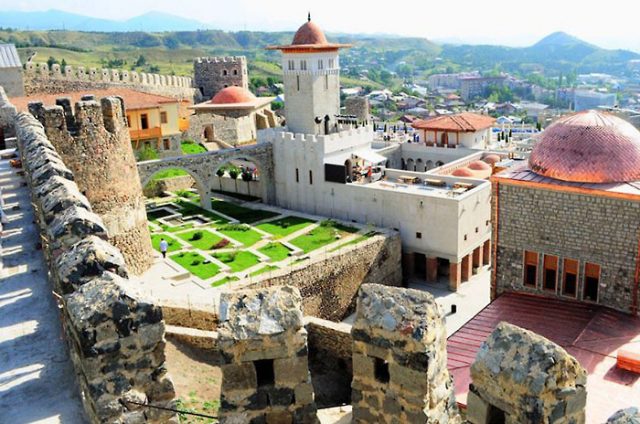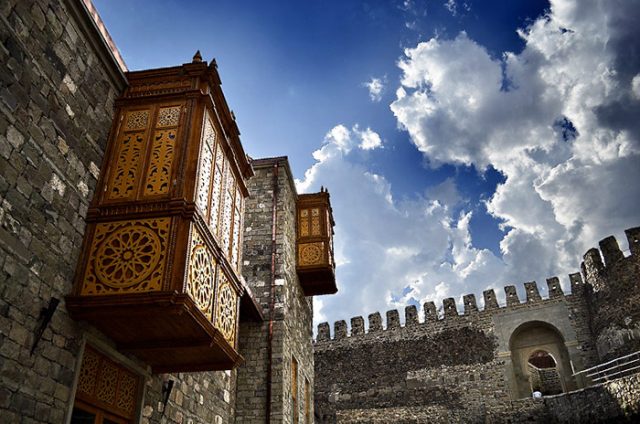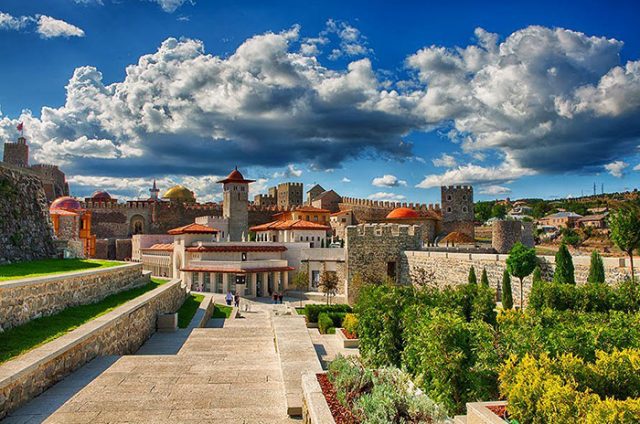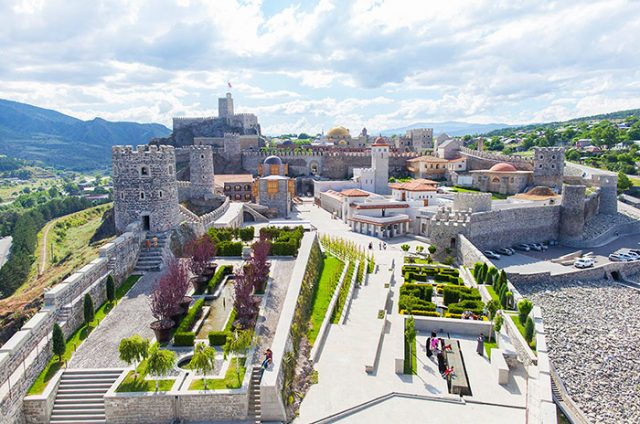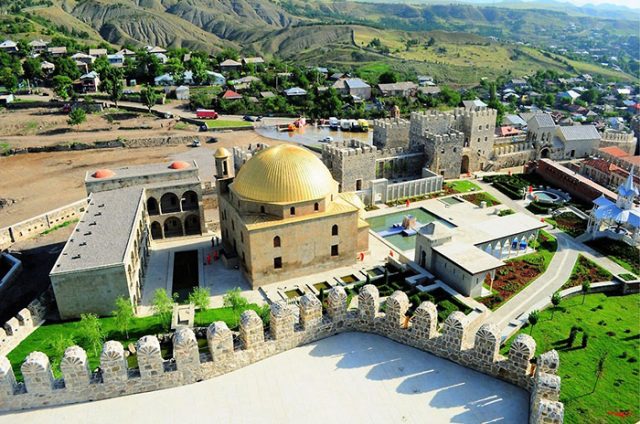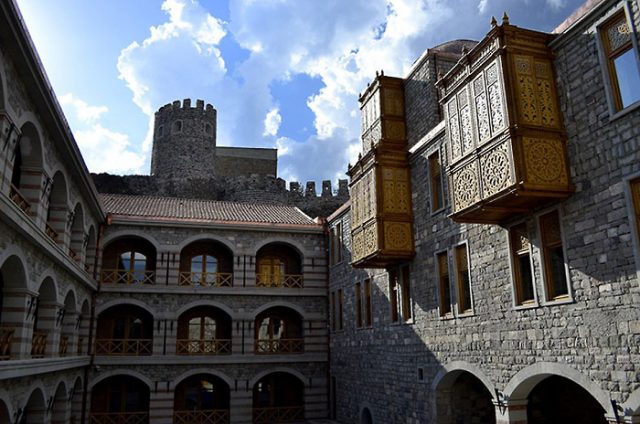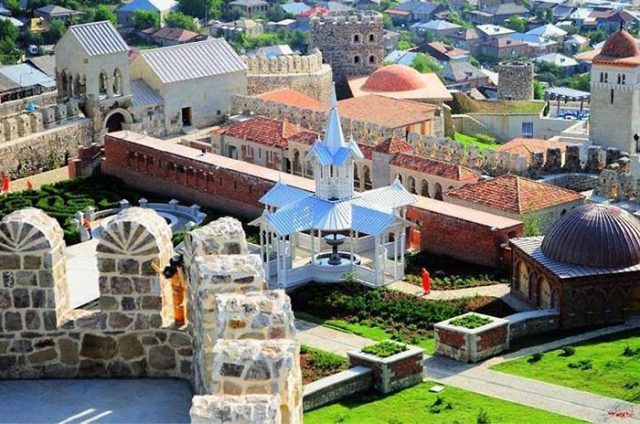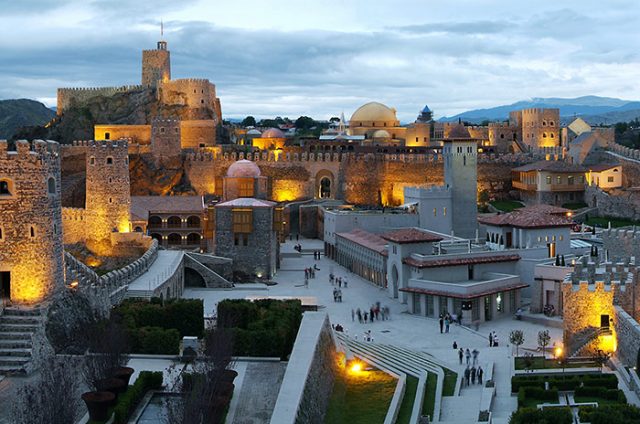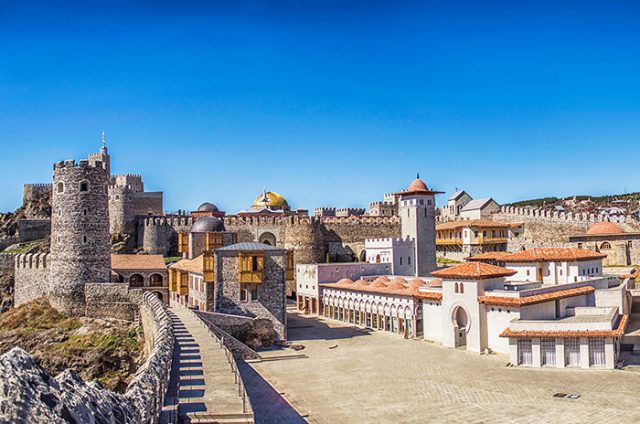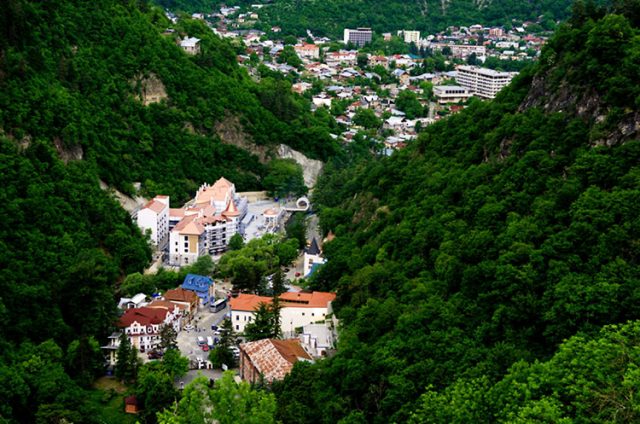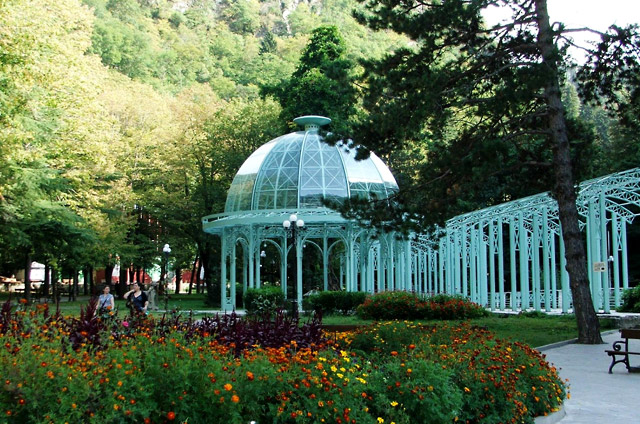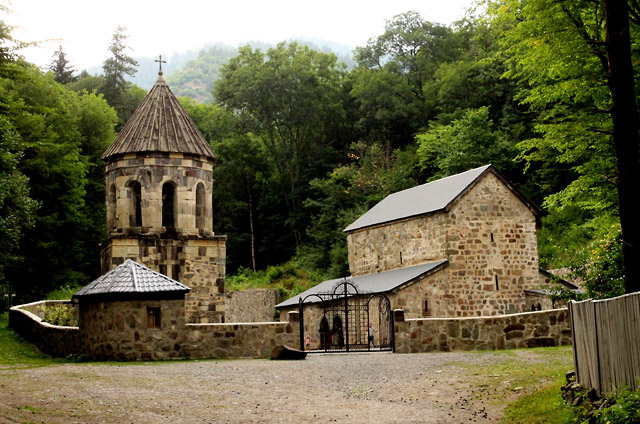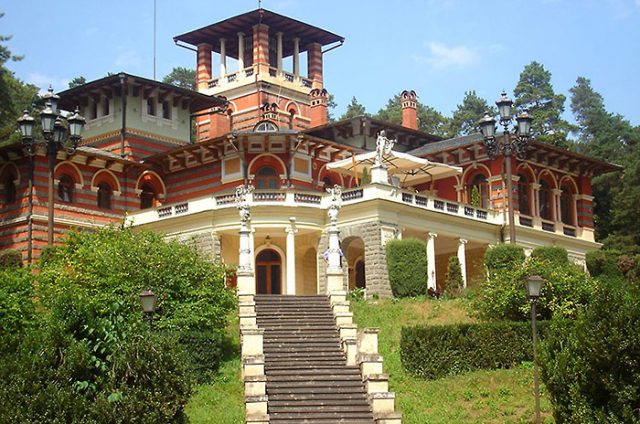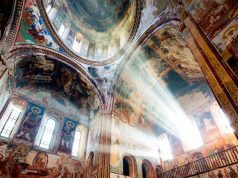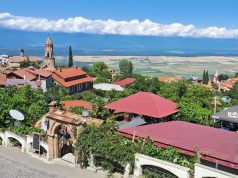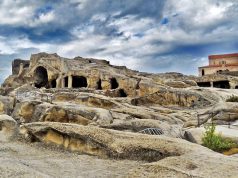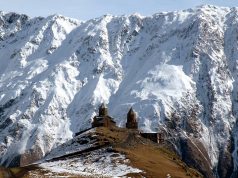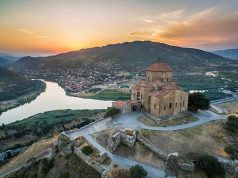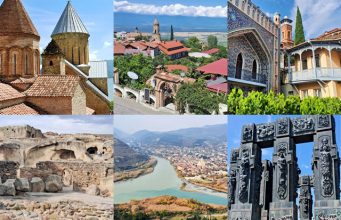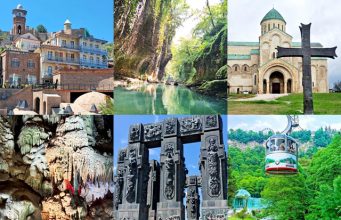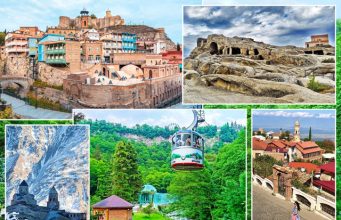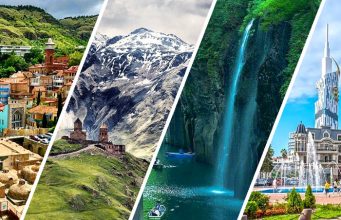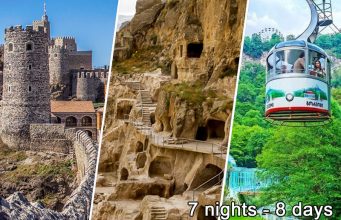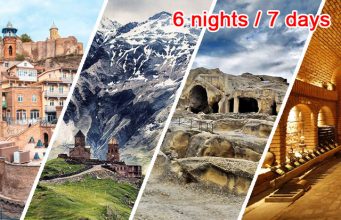After breakfast, departure towards Borjomi – a resort town in south-central Georgia. It is situated in the picturesque Borjomi Gorge on the eastern edge of the Borjomi-Kharagauli National Park. The town is noted for its mineral water industry (which is the number one export of Georgia), the Romanov summer palace in Likani, and the World Wide Fund for Nature-site Borjomi-Kharagauli National Park. Borjomi mineral water is particularly well known in those countries which were part of the former Soviet Union. Because of the supposed curative powers of the area’s mineral springs, it is a frequent destination for people with health problems. Borjomi is also home to the most extensive ecologically-themed amusement park in the Caucasus.
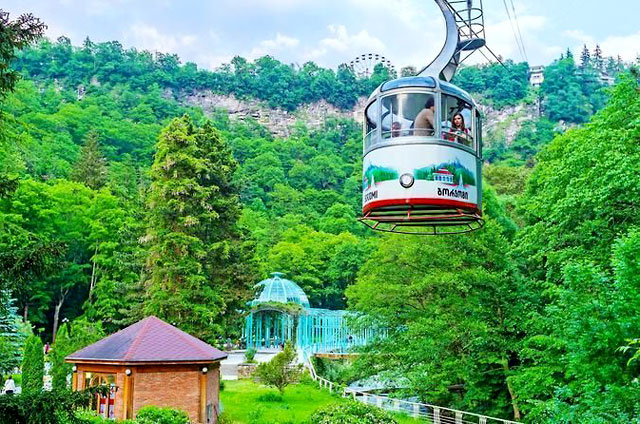
Borjomi is a balneological and climatic resort. During the Soviet times it had the status of a union resort. According to the relief and microclimate peculiarities Borjomi has several districts, of which Likani, Papa and Plateau are particularly favorable for treatment. The main treatment of the resort is mineral water used for drinking and balneological procedures. Other treatment factors in Borjomi are climatotherapy, mud treatment and more. The best time for climatotherapy is June-October. Medical indications: chronic diseases of the gastrointestinal tract, liver and biliary tract, alteration of substances, some diseases of the cardiovascular system. The season lasts all year.
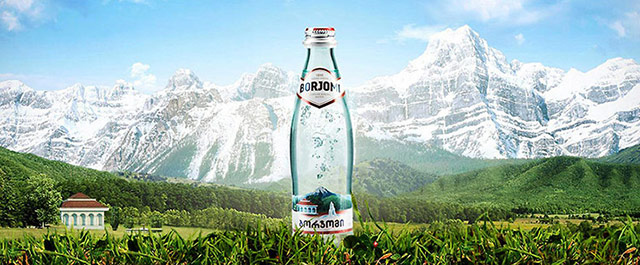
Visiting Borjomi-Kharagauli National Park – the total area occupies 85,083 ha, which is more than 1% of the territory of Georgia. In the park there is probably the most famous place in Borjomi – a place where mineral water comes out of the spring and you can enjoy it from a source absolutely free. Hiking, horse riding, biking, snow shoes, cultural and educational tours are also available in Borjomi-Kharagauli National Park tourist route network. The routes are provided with tourist shelters, picnic spots and camping sites.
The park has one more great bonus – Sulfur pools. To get there, you need to go along the river, through a beautiful pine forest, and such a walk in itself is pleasant. A visit to the pool is a luxurious natural and recreational event, for which it is not a pity to spend the whole day.
You will have a dinner in Borjomi (at your discretion – approx. $ 10-12 per person).
Hotel accommodation and overnight in Borjomi.

Next day we go to Vardzia and on the way will visit Mtsvane Monastery (Green Monastery) – a medieval church of Saint George, located in the country’s south-central Borjomi valley. It is a popular site of tourism and pilgrimage. The monastic church and bell-tower are inscribed on the list of the Immovable Cultural Monuments of National Significance of Georgia.
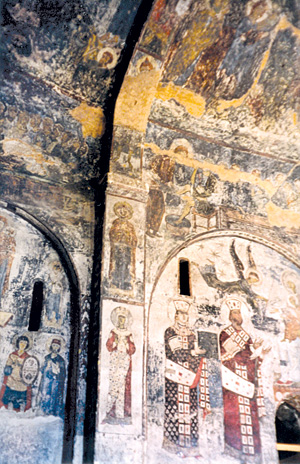 Vardzia – a cave monastery site in southern Georgia, excavated from the slopes of the Erusheti Mountain on the left bank of the Kura River. The main period of construction was the second half of the twelfth century. The caves stretch along the cliff for some five hundred meters and in up to nineteen tiers. The Church of the Dormition, dating to the 1180s during the golden age of Tamar and Rustaveli, has an important series of wall paintings. Now part of a state heritage reserve, the extended area of Vardzia-Khertvisi has been submitted for future inscription on the UNESCO World Heritage List.
Vardzia – a cave monastery site in southern Georgia, excavated from the slopes of the Erusheti Mountain on the left bank of the Kura River. The main period of construction was the second half of the twelfth century. The caves stretch along the cliff for some five hundred meters and in up to nineteen tiers. The Church of the Dormition, dating to the 1180s during the golden age of Tamar and Rustaveli, has an important series of wall paintings. Now part of a state heritage reserve, the extended area of Vardzia-Khertvisi has been submitted for future inscription on the UNESCO World Heritage List.
The Church of the Dormition was the central spiritual and monumental focus of the site. Carved similarly from the rock, its walls reinforced in stone, it measures 8.2 metres (27 ft) by 14.5 metres (48 ft), rising to a height of 9.2 metres (30 ft).
Folk etymology explains the origin of the name “Vardzia” by the following legend. Once, when Queen Tamara was still a little girl, she played with her uncle in the caves of the then still unfinished monastery. At some point, the uncle lost sight of the child in the labyrinths of the caves, and then the young Tamara shouted: “I’m here, uncle!” (In Georgian “Ak var, dzia!”). King George III ordered the exclamation of his daughter the name of the monastery.
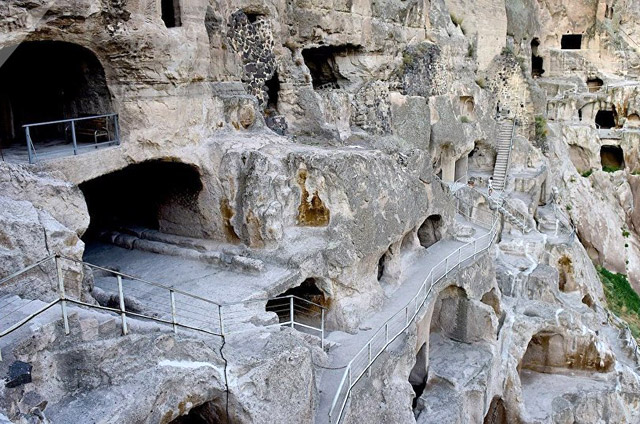
The greater Vardzia area includes also the early eleventh-century church at Zeda Vardzia and the tenth- to twelfth-century rock village and cave churches of Ananauri. The main lower site was carved from the cliff’s central stratum of tufaceous breccia at an elevation of thirteen hundred metres above sea level. It is divided into an eastern and a western part by the Church of the Dormition. In the eastern part of the complex are seventy-nine separate cave dwellings, in eight tiers and with a total of 242 rooms, including six chapels, “Tamar’s Room“, a meeting room, reception chamber, pharmacy, and twenty-five wine cellars; 185 wine jars sunk into the floor document the importance of viticulture to the monastic economy. In the western part, between the bell tower and the main church, are a further forty houses, in thirteen tiers and with a total of 165 rooms, including six chapels, a refectory with a bakery, other ovens for baking bread, and a forge. Beyond the bell tower the complex rises to nineteen tiers, with steps leading to a cemetery. Infrastructure includes access tunnels, water facilities, and provision for defence.
Since 1985 the site has formed part of the Vardzia Historical–Architectural Museum-Reserve, which includes forty-six architectural sites, twelve archaeological sites, and twenty-one sites of monumental art. In 1999 Vardzia-Khertvisi was submitted for inscription on the UNESCO World Heritage List as a Cultural Site in accordance with criteria ii, iii, iv, v, and vi. From 2012, conservation of the wall paintings in the Church of the Dormition is to be carried out by the Courtauld Institute of Art in conjunction with the National Agency for Cultural Heritage Preservation of Georgia and Tbilisi State Academy of Arts.
Vardzia is one of the most interesting and visited tourist attractions of Georgia.
On the way to Rabati Castle, we will visit Khertvisi Castle and have a dinner in the town of Aspindza (at your discretion).
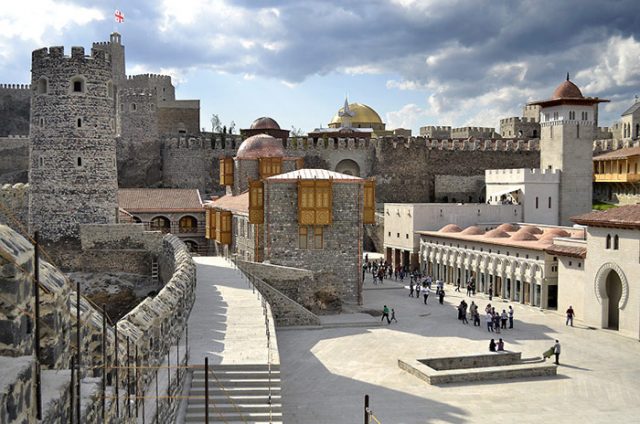
Rabati Castle – a fortress in Akhaltsikhe. Originally established in the 9th century as the Lomisa Castle, it was completely rebuilt by Ottomans. Most of the surviving buildings date from the 17th and 18th centuries.
According to the Georgian Chronicles the city was established in the 9th century by Guaram Mampal, son of the King of Tao. From the 13th to the end of 14th centuries it was the capital city of Samtskhe-Saatabago, ruled by the Georgian princely (mtavari) family and a ruling dynasty of the Principality of Samtskhe, the House of Jaqeli.
In 1393 the city was attacked by the armies of Tamerlane. Despite the Turko-Mongol invasions, the fortress withstood and continued to thrive. After the Treaty of Constantinople in 1590, the whole territory of Samtskhe-Saatabago came under the rule of Ottoman Empire. Turks Mostly used to build defensive edifices. In 1752 the first mosque was built in Rabati.
Metropolitan John writes in the late 18th century that “despite the fact that a large part of the population has been Islamized, there’s still a functioning Orthodox church”. After the Treaty of Georgievsk between the Kingdom of Kartli and the Russian Empire was signed, the question of the fate of Akhaltsikhe arose. The first attempt to take the fortress in 1810 failed. Prince Paskevich successfully stormed the fortress 18 years later, in the great Battle of Akhalzic. After the Treaty of Adrianople in 1829, the Ottomans yielded part of Akhaltiske Region.
The fortress and its adjacent buildings were extensively rebuilt and renovated in 2011-2012 in order to attract more tourists to the area.
An excursion to historical places of Georgia with our guide will give you unforgettable experience and sweet memories!
The price will include:
Professional guide services throughout the tour;
Accommodation in a hotel in Borjomi;
All transfers;
Entrance tickets to the Rabati Castle, to Borjomi park and to the cable car.
Vardzia, a cave monastery




